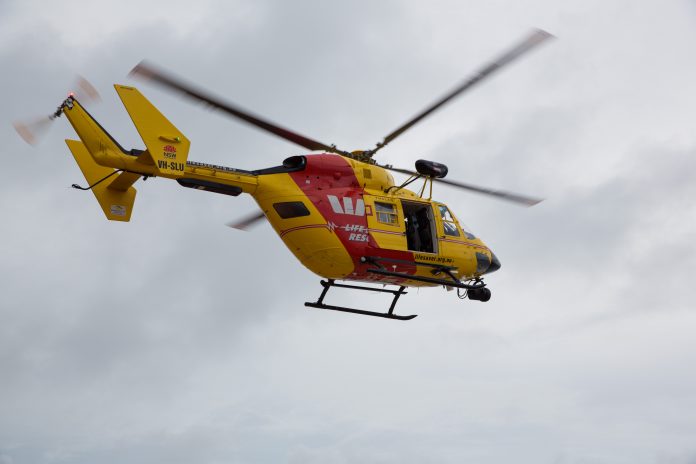There’s a stiff crosswind as you land firmly but safely at a country airstrip. You park and shut down unaware that the aircraft’s Emergency Locator Transmitter (ELT) has activated. Now imagine these two scenarios:
Scenario 1
About an hour after your arrival, a rescue helicopter lands nearby and you observe a crew member walking towards your aircraft. You greet her and she tells you they are responding to the detection of a distress beacon believed to be from your aircraft. You check your aircraft’s ELT, find it transmitting and deactivate it.
Scenario 2
A short time after your arrival, you receive a phone call from the Joint Rescue Coordination Centre (JRCC Australia) asking you to confirm the safety of your aircraft as they are receiving distress alerts from the ELT registered to it. You check your aircraft’s ELT, find it transmitting and deactivate it.
Which scenario would you prefer in this situation?
When a 406 MHz ELT is activated, its signal is received within minutes by the Cospas-Sarsat satellite distress beacon system and relayed promptly to the JRCC.
The ELT’s 121.5 MHz signal may also be received by other aircraft in the area. Reports of distress beacon signals being received by airborne aircraft are frequently relayed to the JRCC.
On receipt of a 406 MHz distress alert, the JRCC will immediately check the beacon’s registration details and phone the registered emergency contacts, as we saw in Scenario 2, which quickly and simply resolved the situation.
If the safety of the aircraft cannot be determined, the JRCC will quickly initiate a search and rescue response, which may involve diversion of a nearby aircraft in flight, sending a rescue helicopter, search and rescue aircraft and ground units.
In Scenario 1, the beacon was not registered correctly so JRCC Australia could not call an emergency contact. The helicopter responded only to discover a non-distress situation. Had the JRCC been able to contact someone, sending the helicopter could have been avoided. This situation may have caused the helicopter to be unavailable for a real emergency.
As well as correctly registering your beacon and keeping its details updated, another tip for avoiding Scenario 1 is to include monitoring 121.5 MHz on your start-up and shut-down checklists.
Aircraft maintenance personnel should also have a radio set to 121.5 MHz when carrying out work which may inadvertently activate an aircraft ELT.
If your beacon is inadvertently activated, don’t worry—just turn it off and call JRCC Australia’s 24-hour helpline on 1800 815 257 or +61 2 6230 6899. There’s no penalty.
For more information, visit AMSA’s distress beacon website: amsa.gov.au/beacons



The article gives rise to considering a portable ELT. The draw back to a portable is that one has to be to be fit to operate the unit. If carrying a portable consider carrying it on your belt so that if the aircraft has a crash fire or ditches and you get out alive the ELT is with you. A fixed unit is lost forever.
I understand that the FAA is working with US manufacturers to try and develop a better fixed ELT, one that will work in an emergency but not go off accidently as in the examples above.
As Karl Malden once said ‘Don’t leave home (beyond 50 nm) without one’.